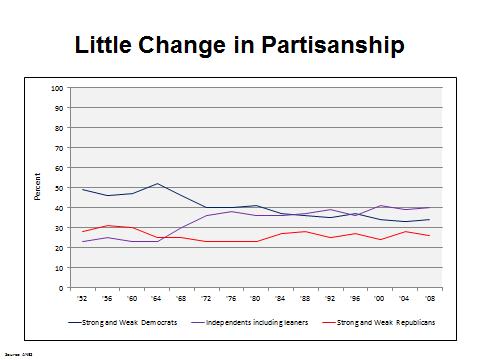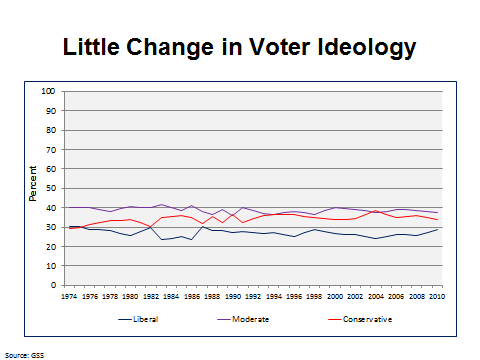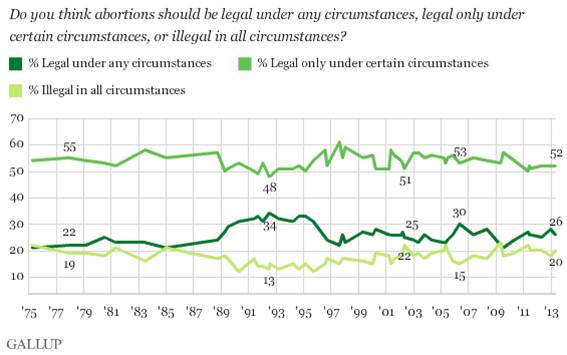In his column today, the New York Times’ David Brooks makes the case for strengthening the presidency as a way to overcome the partisan gridlock that afflicts our national governing institutions. Brooks stakes his claim on the belief that the constitutional system of “checks and balances has morphed into a ‘vetocracy’, an unworkable machine where many interests can veto reform.” A prime culprit for the current period of legislative stagnation, he argues, is a proliferation of interest groups and issue activists that have collectively usurped authority from Congress and the presidency. This “mass of rentier groups” now “dominates the official governing sector. Throw in political polarization and you’ve got a recipe for a government that is more stultified, stagnant and overbearing,” Brooks writes.
His solution? Strengthen the presidency: “We don’t need bigger government. We need more unified authority. Take power away from the rentier groups who dominate the process. Allow people in those authorities to exercise discretion. Find a president who can both rally a majority, and execute a policy process.”
What is one to make of Brooks’ argument? For starters, the critique and purported solution are hardly new. Generations of constitutional scholars and other critics have charged that the constitutional system of shared powers, whatever its virtues two centuries ago, has become increasingly outmoded due to its tendency toward gridlock and ease of obstruction by minority interests. See, for example, Woodrow Wilson’s Congressional Government, published in 1885, which cites a list of defects associated with a congressionally-dominated system of shared powers. And more often than not the proposed solution is to strengthen the presidency – a solution Wilson pursued with uneven success when elected to that office in 1912.
Why the presidency? In his brilliant article “Does the Separation of Powers Still Work?”, the late, great James Q. Wilson addresses why so many constitutional critics embrace what Wilson sees as an ultimately misguided effort to cure the “mischiefs of faction” by strengthening the presidency. Writing in 1986 at time when structural budget deficits against the backdrop of divided government led the David Brooks of the day to lament the inability under the Constitution to, as Lloyd Cutler famously put it, “form a government”, Wilson’s reasoning is worth revisiting in light of Brooks’ proposal.
Wilson begins with the observation that if one is asked what is wrong with the American system of government, more often than not the answer fingers the system of shared powers. And with equal frequency, Wilson continues, these critics will propose a reform premised on reducing the influence of shared powers by strengthening the presidency. The logic behind this proposal is similar to what Brooks appears to embrace: that a single elected individual, responding to a national electorate, is far better able to discern and pursue the public interest than is a decentralized institution like Congress, with its many actors and multitude of decision points. In words that anticipates Brooks’ lament, Wilson notes that “If one listens to the reflections of presidents and their aides, no matter whether they are liberals or conservatives, the most common complaint is that presidents don’t have enough power.”
As Wilson points out, however, the lack of a strong president is precisely what the Framers intended when they established a system of shared powers: “But of course the Framers of the Constitution were not trying to create a government that would discern national goals and serve them efficiently with dispatch; they were trying to create a limited government that would serve only those goals that could survive a process of consultation and bargaining designed to prevent the mischief of faction and the tyranny of passionate majorities or ambition politicians.” What critics who want to strengthen the presidency are really saying, he suggests, is that the “separation of powers is a fine idea…except when it prevents me from having my way.”
Wilson concludes by citing two fundamental reasons for continuing with the system of shared powers (and thus rejecting Brooks’ call for a stronger presidency): “It helps preserve liberty and it slows the pace of political change.” It is easier today to lose sight of how the system of shared powers protects liberty, Wilson believes, because we have become accustomed to seeing an activist court take on that function. But as Wilson points out, court activism also fosters legislative delay and uncertainty, although few seek to curtail judicial independence.
Wilson goes on to compare the ability of the U.S. system of shared powers with parliamentary systems in three major areas: reducing the deficit, making economic policy and conducting foreign policy. In all three areas he makes the case that the American system is at least equally effective, if not more so, than are parliamentary systems. Moreover, he reminds us that every generation tends to exaggerate the uniqueness and significance of its particular constellations of crises, while downplaying what came before. In reality, however, it is hard to make the case that the problems we face today come anywhere near the seriousness of the difficulties the Framers sought to address by establishing the system of shared powers more than two centuries ago.
In a later post I’ll address this portion of Wilson’s argument in more detail. But his crowning point – one worth remembering before embracing Brooks’ advice – is that previous reform efforts suggest there are no constitutional remedies to the system of shared powers short of abolishing that system. And that is a price, Wilson argues, “that two hundred years of constitutional government should have taught us [and Brooks!] is too high to pay.”

![dryjbwsowuqx4fqg_yojaq[1]](https://sites.middlebury.edu/presidentialpower/files/2013/11/dryjbwsowuqx4fqg_yojaq1.png)
![zm3qrthjwkcycrckp2tk4w[1]](https://sites.middlebury.edu/presidentialpower/files/2013/11/zm3qrthjwkcycrckp2tk4w1.png)



